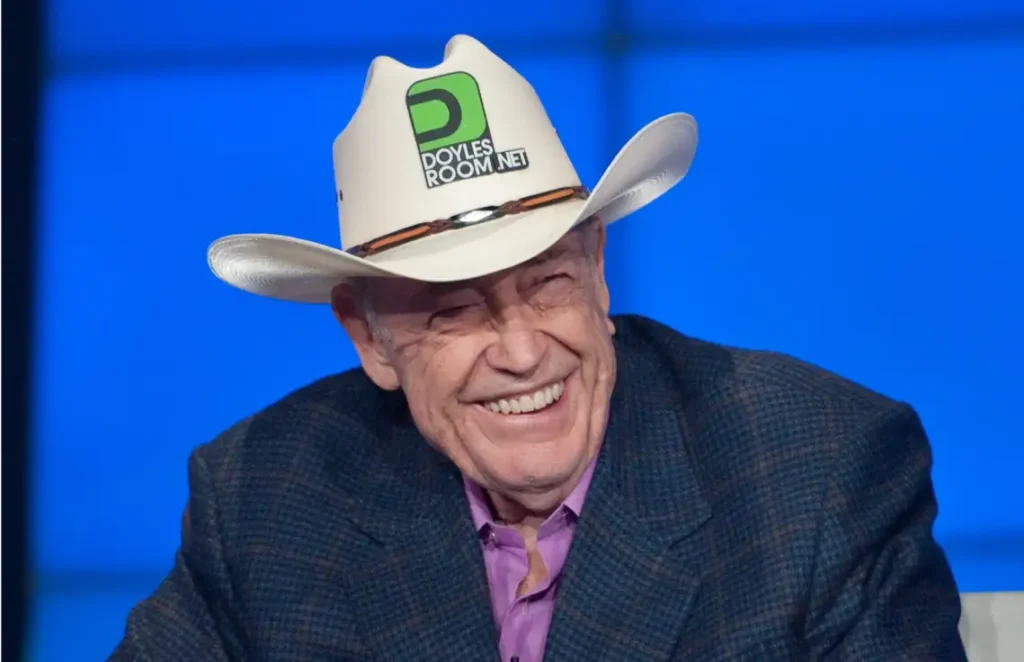
The Godfather of Poker
Poker lost an icon when Doyle Brunson, the single most influential player in the history of the game, died in Las Vegas in May 2023 at the age of 89. Brunson was known as the Godfather of Poker and his entire adult life was inextricably linked with the game.
Brunson was there in the 1950s when poker was a game played in Texas bars by a selection of travelling vagabonds. Brunson was there when enterprising casino bosses first began hosting poker tournaments in their properties, hoping to appeal to a new breed of gambler. Brunson was there when poker first appeared on television and players crawled out of the shadows to become celebrities. And Brunson was there when the online game took poker to unprecedented new heights.
Even at the World Series of Poker Main Event in 2021, when he was 88 years old, Brunson was there. He had a Stetson on his head, a fiercely aggressive poker game, and razor-sharp instincts and wits.
Through every stage of his incomparable career, Brunson was the best player at the table. He won 10 World Series gold bracelets, including the Main Event twice, and his stats show tournament winnings of more than $6 million. But the actual amount of money he wagered through poker’s most storied career – winning and losing; swinging high and low – was several hundred times that amount. He chose the following quotation as the epigraph of his autobiography and if anything, for Brunson, it was an understatement:
“Life is not a journey to the grave with the intention of arriving safely in a pretty and well-preserved body, but rather to skid in broadside, thoroughly used up, totally worn out and loudly proclaiming: Wow, what a ride!”
“When Luck Shuts the Door…”
The Brunson ride started in the west Texas Bible Belt, on August 10, 1933. Brunson grew up in what he describes as a “speck of a town” named Longworth, the youngest of three children born to John and Mealia Brunson. (A fourth sibling died in infancy.) The deeply religious family owned a cotton farm, and despite the absence of electricity and running water until he was seven, as well as the Great Depression gripping the United States for most of his childhood, Brunson says he “did pretty good, considering”.
The young Doyle was a natural athlete and developed both a competitive spirit and the physique and skills to make a success of it. As he went through adolescence he acquired beanpole height and seemed certain one day to grace the professional basketball courts. He was a high school and college superstar, scouted by teams in the NBA, but his life took a dramatic turn when he was involved in a horrific accident while working a summer job at a gypsum plant. His leg was crushed by stack of sheetrock, and he never played competitive sports again.
In his autobiography, Brunson sub-titled the chapter detailing this accident with the aphorism, “When luck shuts the door, come in through the window” – and the great survivor shifted his focus. Brunson had already played his first poker game, while killing time in a hotel on the eve of a high school basketball tournament. “I was intrigued,” Brunson wrote, “and I thought I might like to play poker again one day.”
The injury gave him his chance.
The Road Warrior
Brunson completed a masters degree, and paid his way by developing card skills at campus poker games. After graduation, his first job was as a travelling salesman for bookkeeping equipment, but Brunson ended up making considerably more income when he accepted invitations to private poker games held in the back rooms of pool halls. “I put everything I had, all my energies, into my new vocation,” he said many years later. “I knew my parents wouldn’t approve of this lifestyle, but I reckon I was destined to be a gambler.”
There was no such thing, in the 1950s, as a formal poker game. Instead, hotel and bar owners bribed police to stay away from their card tables, allowing assorted “thieves, thugs, pimps, drug dealers, killers and con men” to exchange their ill-gotten gains playing various different poker games like deuce-to-seven lowball, ace-to-five lowball, five-card stud and five-card high draw. (Hold’em had not yet taken hold.)
Brunson and a couple of trusted friends were unique in that they played poker purely to win and didn’t squander their profits on other vices. They also began to hit the road, looking across the state – on the ‘Texas Circuit’ – then even further afield, for the better and bigger games.
Brunson was sharp and fearless, and understood that there was far more to poker than merely playing the cards in your hand. He was prepared to embrace the volatility, to go broke and build back, and to use whatever means necessary to prosper. Brunson never outright admitted he used underhand tactics to win at poker in the early days, but it’s understood that players had to take whatever edge they could find.
As he became one of the best, he mixed with the other superlative card talents, including the most feared player in the country (and no doubt one of the best poker players in the world at the time): fellow Texan Johnny Moss. Brunson beat Moss the first time they played, and the pair went on to share card tables for many thousands of subsequent hours.
Brunson’s stories from this era were full of extraordinary characters and unlikely situations, dicing with death and deception, skirting the law, all the while honing poker skills. His traveling companions now included future poker Hall of Famers Thomas ‘Amarillo Slim’ Preston and Bryan ‘Sailor’ Roberts, and he also managed to meet, court and marry a devout Texas girl named Louise, who did not have any idea, at least at the beginning, what her husband did for a living. Louise stayed by his side for the rest of his life.
In addition to the various scraps and disagreements at the tables, Brunson also survived a battle with with cancer in his 20s, despite doctors giving him no more than four months to live. Brunson credits Louise’s faith, and the morale boost given to him by the birth of his first child, with a miraculous recovery. When doctors performed surgery, aiming to remove whatever they could of a malignant melanoma, they found nothing there; the cancer had vanished.
Success At the WSOP
Back at the tables, Brunson’s exploits inevitably led him to Las Vegas, where poker had found its natural home. Brunson went on to be best known for his achievements at the World Series of Poker (WSOP), the game’s undisputed centerpiece, which still takes place every year in the gambling capital of the world. It’s very easy to see why. Brunson received an invitation to play the first ever WSOP, he won the seventh and eighth renewals of what became known as the Main Event, and his phenomenal stamina coupled with all-round mastery, snagged him eight further wins in WSOP-branded tournaments.
Suffice to say, those early days were very different from what the WSOP has become. Back in 1970, the gregarious casino owner Benny Binion was attempting to drum up publicity for his new casino, the Horseshoe, and attract a few more regular players. He extended an invitation to all the Texas rounders to play what he arbitrarily labelled the World Series of Poker.
Brunson was among about 30 deep-pocketed individuals who played a series of cash games in multiple poker variants over a few days, and then voted for a champion. Johnny Moss took this unofficial title, as he did the following year when the World Series was played as a freezeout tournament – and with the increasingly popular no limit Texas Hold’em variant – for the first time.
Brunson was an ever present as the WSOP gradually gained in popularity through the 1970s. He finished third in 1972 and he won a deuce-to-seven event in 1976, his first bracelet. His second followed five days later, when he won $220,000 and became World Champion for the first time.
One year later, the pattern repeated: Brunson won a $10K seven-card split bracelet and then the so-called Big Dance, where 34 players and a winner-take-all format meant he earned another $340,000 – an astronomical sum for a poker player at the time.
In a neat coincidence, Brunson had the same two cards during the final hands of both Main Event victories: an off-suit ten-deuce, with which he made a full house. Brunson never claimed any superstitious affinity with ten-deuce, nor did he advocate playing it in most circumstances, but like all advanced Texas Hold’em players, he always knew that the actual cards in a hand were only a small part of what’s important to a poker player. In fact, he went on to write the book that introduced this concept to millions of modern players.
Brunson’s WSOP Bracelets
| Date | Buy-In | Event Title | Winnings |
|---|---|---|---|
| 1976 | $5,000 | NL Deuce to Seven Draw | $90,200 |
| 1976 | $10,000 | NLHE Main Event | $220,00 |
| 1977 | $10,000 | Seven-Card Stud Split | $52,500 |
| 1977 | $10,000 | NLHE Main Event | $340,000 |
| 1978 | $5,000 | Seven-Card Stud | $69,000 |
| 1979 | $600 | Mixed Doubles Seven Card Stud (with Starla Brodie) | $4,500 |
| 1991 | $2,500 | NLHE | $208,000 |
| 1998 | $1,500 | Seven-Card Razz | $93,000 |
| 2003 | $2,000 | HORSE | $84,080 |
| 2005 | $5,000 | Short-Handed NLHE | $367,800 |
Sharing the Secrets of ‘Power Poker’
The book that became known as Super/System: A Course in Power Poker, and which further galvanised Brunson’s reputation as a player of rare insight, began life with the title ‘How I Made Over $1,000,000 Playing Poker’. Brunson later said, only half joking, that publishing the book cost him many millions more as he allowed generations of poker players in on his secrets.
Broadly speaking, the secret of Super/System, first published in 1978, is that aggression is the single most important tool in a poker player’s armoury. Brunson was prepared to play a wider range of hands than his opponents and played them harder, specifically in Texas Hold’em, which he famously dubbed the ‘Cadillac of poker’.
Although the advice is perhaps rudimentary by today’s hyper-analytical standards, Brunson’s Super/System was notable for merely committing to print anything like a ‘strategy’ for poker. The book also managed to cram into a single volume contributions from many of the game’s most successful players, including Chip Reese, Mike Caro and Bobby Baldwin. It is widely considered among the most influential poker books ever written.
Brunson repeated the trick in 2004, publishing Super/System 2, and again drawing on the expertise of a number of contemporaries. This time, they included Brunson’s youngest son, Todd, who was also an elite pro, and who followed his father into the Poker Hall of Fame. (Doyle was inducted in 1988; Todd in 2016.)
By the time of Super/System 2, poker was a global phenomenon played by millions on the internet at a range of different online poker sites. Although he was already a veteran when the online era first boomed, Brunson’s skills and experience allowed him still to compete with the very best. He could put in the hours required to play marathon sessions either at the cash tables or in the tournament rooms, and he was an A-list invitee to the games played in the TV studios.
Watch and Learn
Brunson brought old-school authenticity to shows such as ‘High Stakes Poker’ and ‘Poker After Dark’, where his jousts with the young guns made for compelling TV. Even the cockiest upstarts tended to show their respect for Brunson, who was playing for dizzying sums of money before they were born.
And if they thought they could outwit him, the old-timer had plenty of tricks to keep them in their place. Brunson’s tenth and final WSOP bracelet came in 2005, two years after Chris Moneymaker’s landmark success, and over a field of 300 others, many of whom cut their teeth in the boom era. “If longevity doesn’t improve your game, you’re not paying attention,” he said.
While this new breed sometimes hid behind sunglasses and hoodies, Brunson only ever needed that Stetson as he pushed bales of bills into the pot, and usually raked them back. During the very peak of the boom, Brunson was also the face of an online site, Doyle’s Room, which opened in 2004. It didn’t last the fallout from Black Friday (at least not with Brunson involved) but its existence proved again that Brunson was always open to new avenues to make money from poker.
Brunson gradually wound down his poker playing through his later years, particularly as his and his wife’s health grew more uncertain. But he would still make occasional trips to tournament rooms, motoring in on a mobility scooter, Stetson firmly in place. Crowds flocked to see him, and TV producers directed him immediately to the feature tables. He was still the most distinctive and significant figure in the game, who had competed with the elite for more than 60 years.
Brunson’s life was shaped by poker, but his existence shaped the game itself. Poker will never see his like again. What a ride.
“Taking it careful, going slow, being conservative—that’s not my mentality—nor it is the mentality of a real poker player…Risk is a part of my life and it’s always been that way. At heart, I’m a gambler and I can’t help myself. Everything I have is ready to play.“
Other Player Profiles
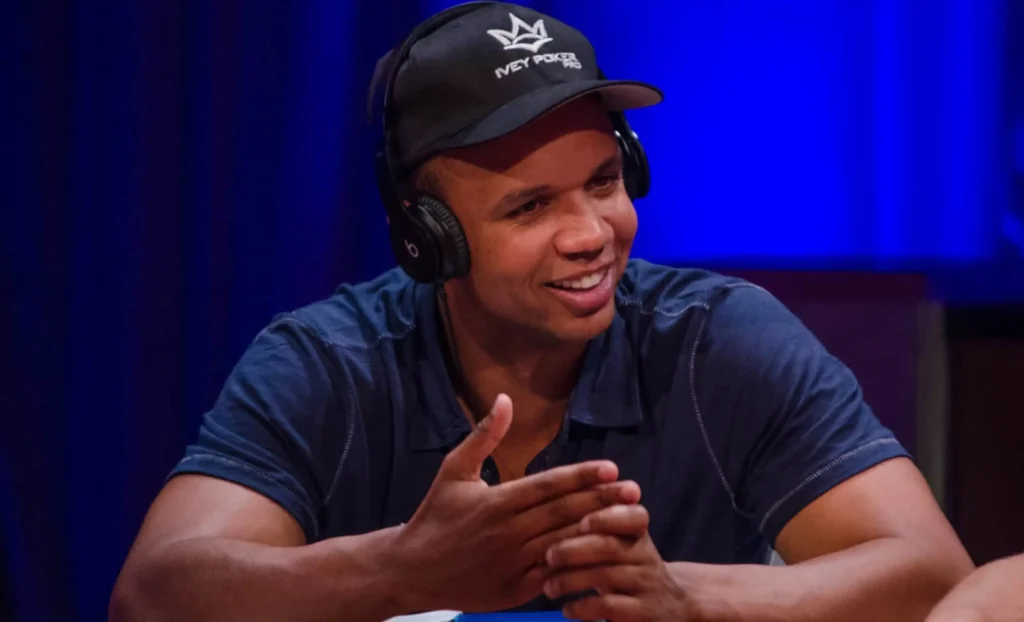
No matter how many superstars occupy the top echelons of any sport, there always tends to…
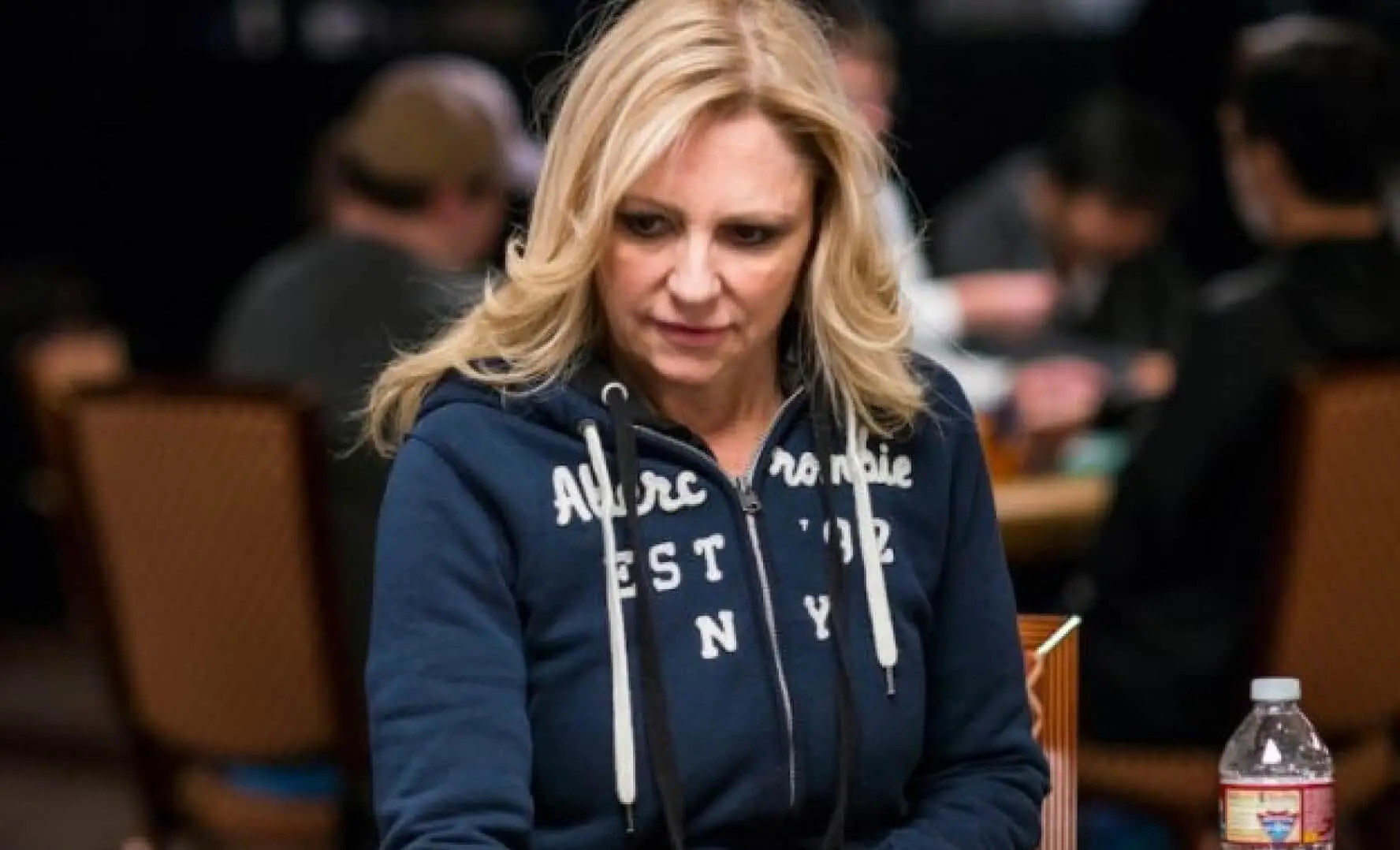
When the poker boom was in full bloom throughout the noughties, there was only one female poker…
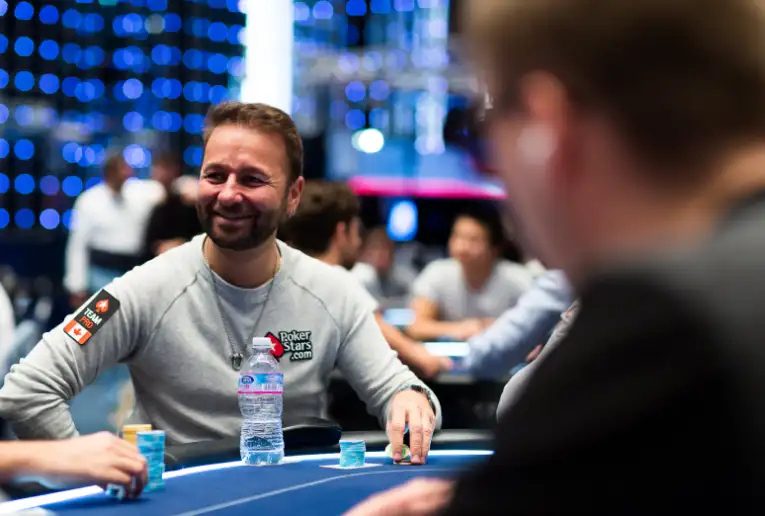
The question of who is the world’s best poker player will never accurately be answered…
Legends of Poker
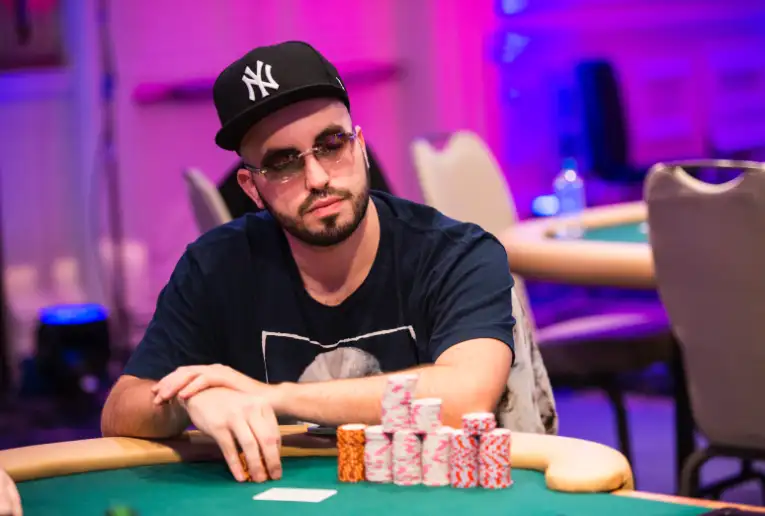
10 Of The Best Male Poker Players In The World
Who are the world’s best professional poker players? This page lists 10 of the top male…
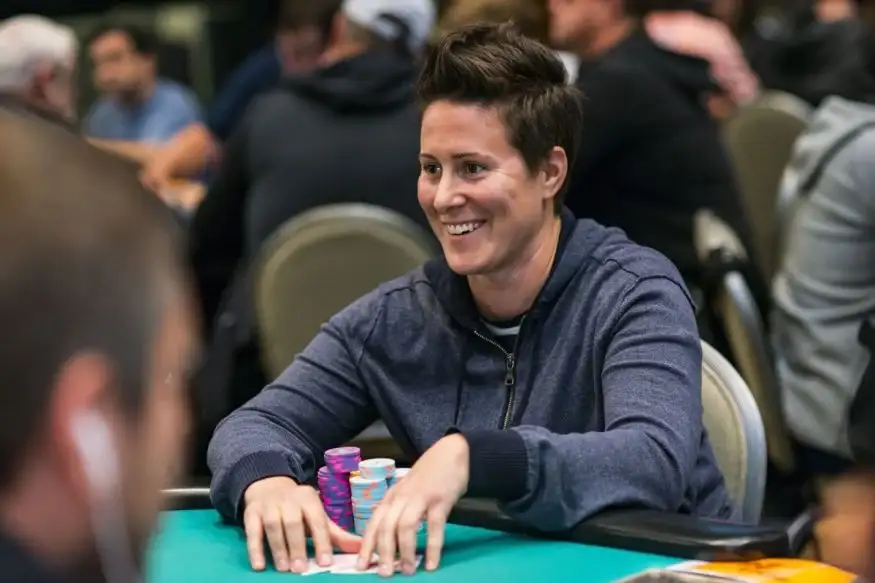
10 Of The Best Female Poker Players In The World
We’ve listed the top 10 female poker players, including what tournaments they won and…
Play Texas Hold’em for free at our no-risk practice tables! No downloads, deposits or accounts needed.
What Next?
Discover poker news stories from our CardsChat community members as well as free poker strategy guides to help raise your game to the next level. When you’re ready to play for real take a look at our guide to the best real money poker sites.